I'd propose starting step by step with something tangible. Chew on one case at a time.
You might start with the simple case of a switch and I'm sure you can find very simple examples by looking. Don't dive into an old book with CE bipolar amplifier biasing with half a dozen resistors, compensation and h parameters flown through on the first page written by someone who doesn't remember what it was like not to know all that stuff first. :)
If you look around, it should be easy to find some tutorials with BJT, JFET, MOSFET... Maybe skip P and depletion devices first as well. Mostly P (PNP) does look like a mirror image, once you have an idea how the N part works, it should be easy to relate to the P part. That way you won't get so much chance to be confused by negative voltages and currents and circuits drawn upside down (they really do all that).
Then you really need to look at the datasheet parameters like just how much current and voltage it can take safely, what's the ratio of base current (gate voltage) needed/taken for a given collector current, total power dissipation (voltage loss * current) etc.
Once you're done with switches, you might look at turning on/off only partially (amplifier, current control). All three types behave a bit differently. Then maybe see different typical circuits: regulators, current sources and mirrors, timers, logic gates, B and AB power amplifiers.
A bit of theory (multiplication, Ohm's law, diode...) is necessary, more will help you understand what's going on and predict things. But you should be able to jump in with ballpark values first. Use some cheap parts (with the datasheet, at least for the pinouts and type) and perhaps a simulator to try things out.

